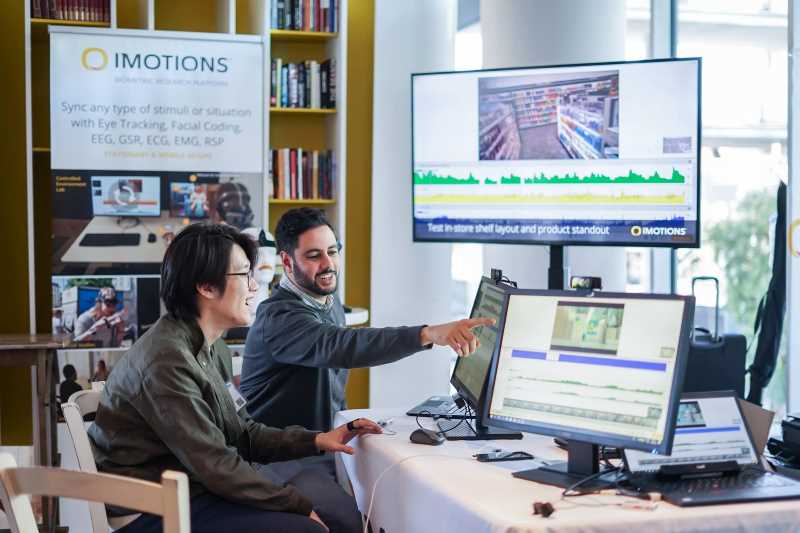Eye-tracking technology has been increasingly utilized in various medical domains, yet its adoption in pathology remains limited. The lack of standardized methodologies and the complexity of analyzing whole-slide images pose significant challenges for applying eye-tracking in this domain. Existing studies often rely on proprietary and heterogeneous software solutions, reducing reproducibility and comparability of results across researchers. To address these issues, we present a novel eye-tracking study platform specifically designed for digital pathology. The proposed platform enables standardized and reproducible eye-tracking studies by providing a modular architecture that supports common eye-tracking software and hardware. It features a web-based frontend for study execution and a backend deployed via Docker, ensuring platformindependent usability while maintaining local data storage for privacy compliance and GDPR adherence. An experimental study was conducted with pathologists, trainees, and medical students to validate the applicability of the platform, as well as to demonstrate its reliable performance and ease-of-use. While the platform proved technically robust, areas for improvement remain. Future enhancements will focus on refining the user experience by integrating an improved tutorial system and posttask feedback mechanisms, incorporating gamification elements to boost participant engagement and data quality. Additionally, the next major version will introduce full support for whole-slide images, including zooming and advanced navigation features, to provide more comprehensive insights into pathologists’ visual attention patterns. By providing a structured and adaptable research framework, our work represents a significant step toward standardizing eye-tracking research in pathology. The developed platform provides the foundation for more consistent study designs and reproducible findings, ultimately contributing to the advancement of digital pathology and diagnostic training methodologies.
Related Posts
-

Remote Biometric Research: How Cloud-Based Data Collection Is Enhancing Consumer & UX Insights
Consumer Insights
-

Your Menu Is Your Most Powerful Marketing Asset
Consumer Insights
-

Measuring Pain: Advancing The Understanding Of Pain Measurement Through Multimodal Assessment
Ergonomics
-

Feeling at Home: How to Design a Space Where the Brain can Relax
Ergonomics



